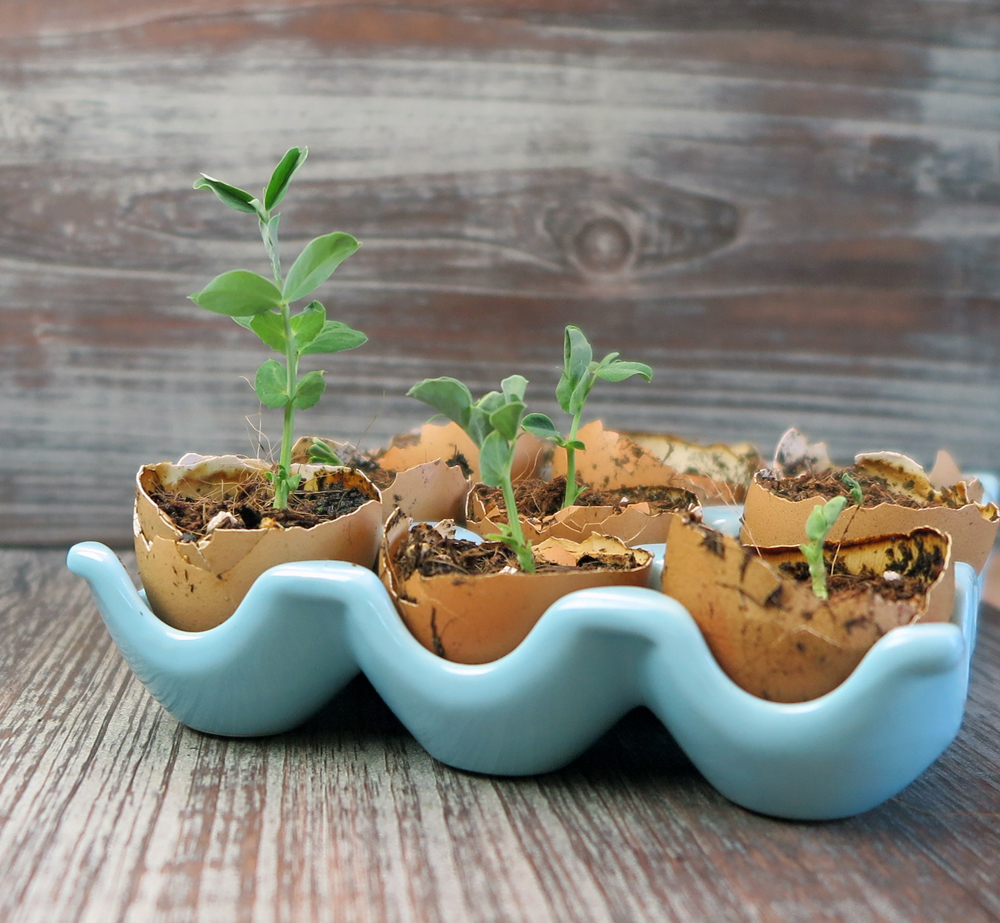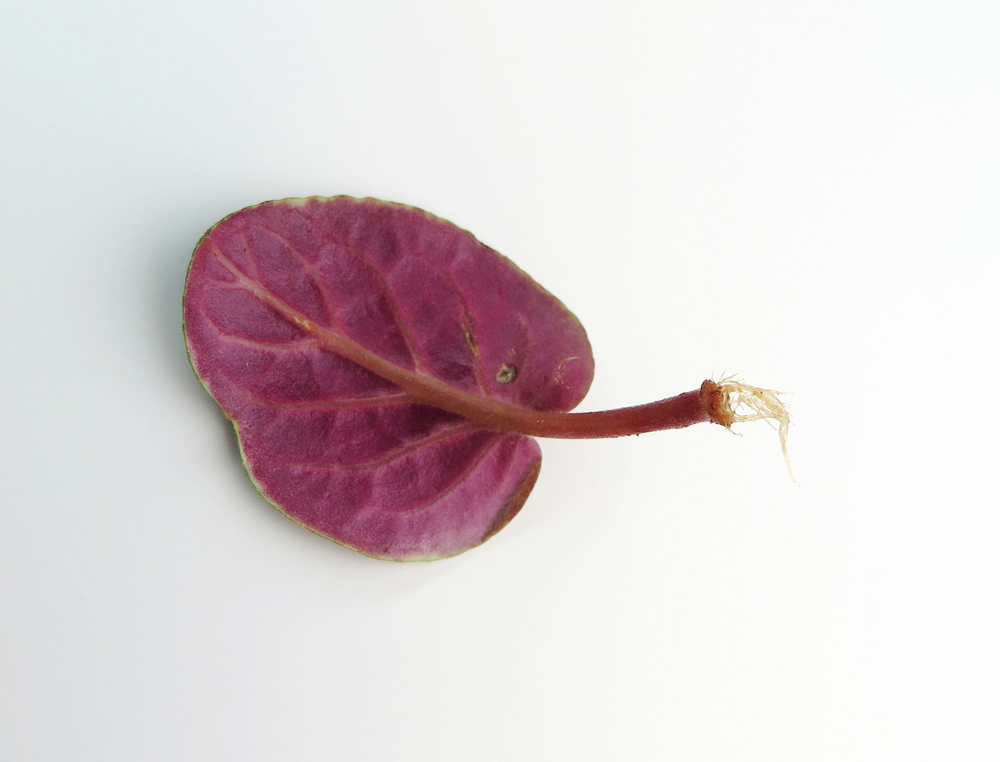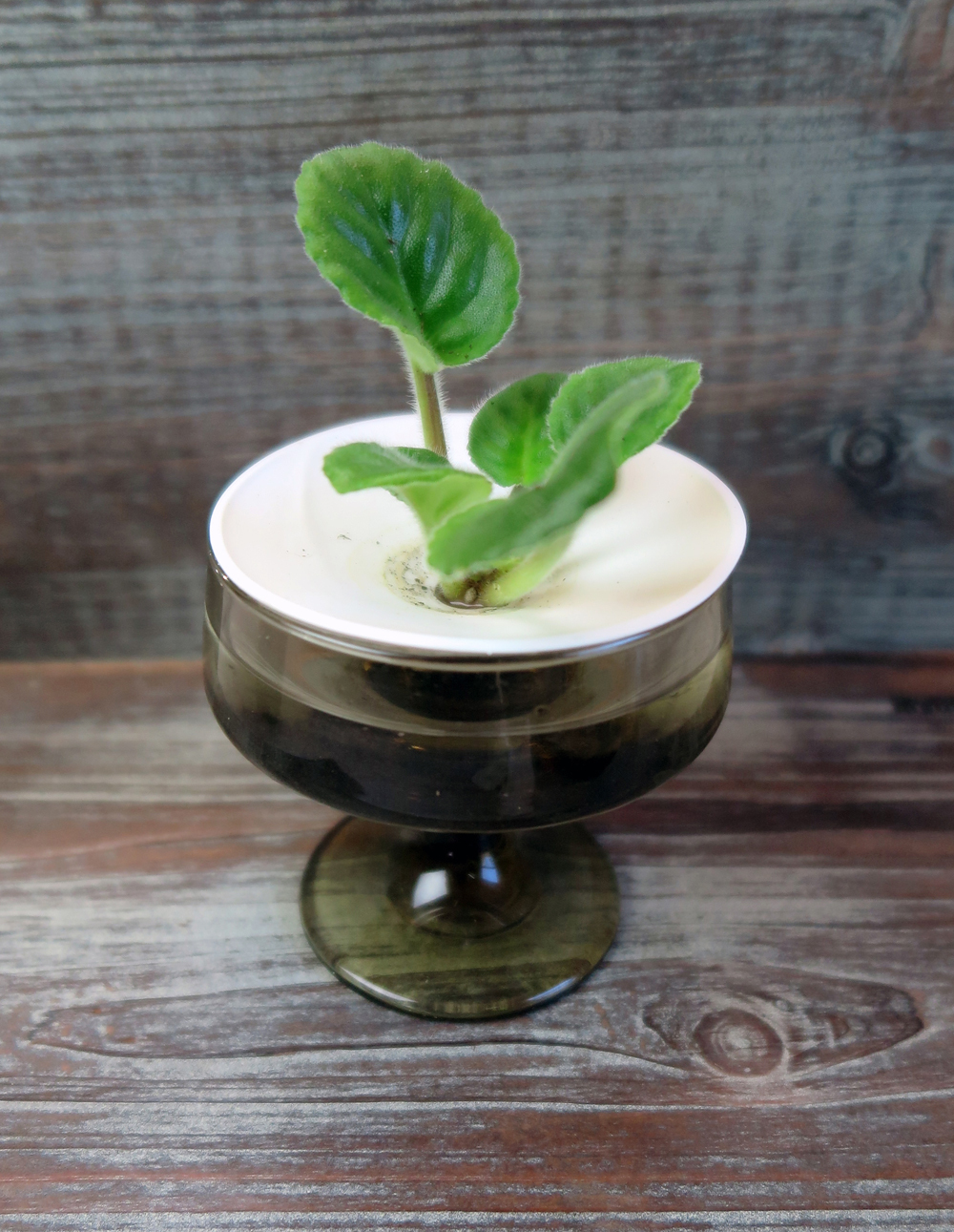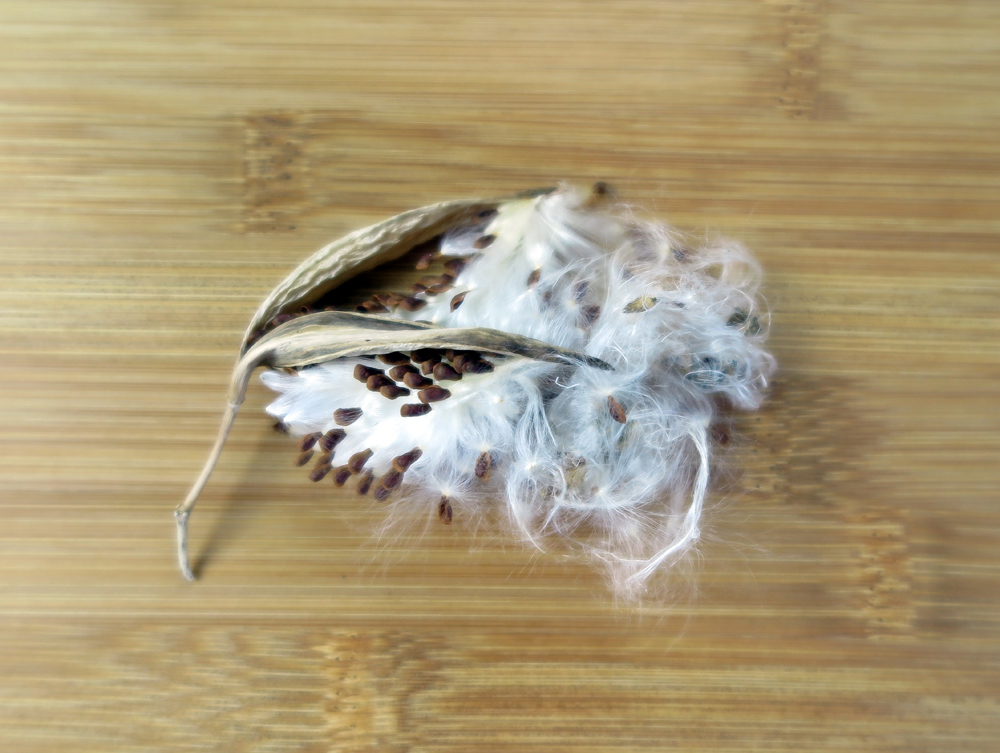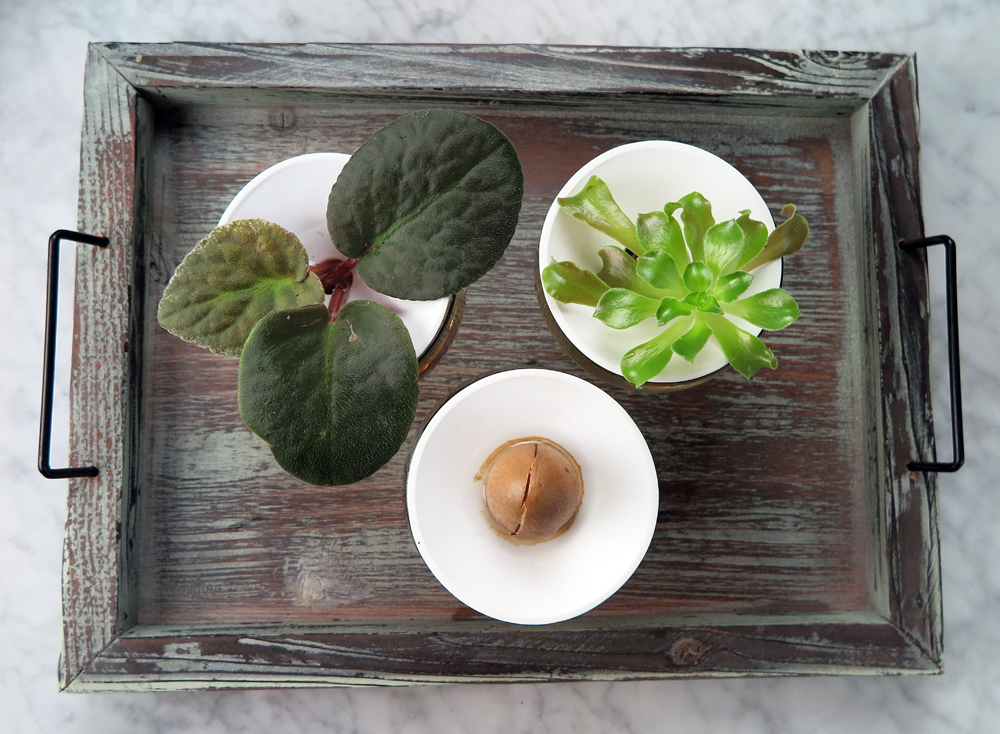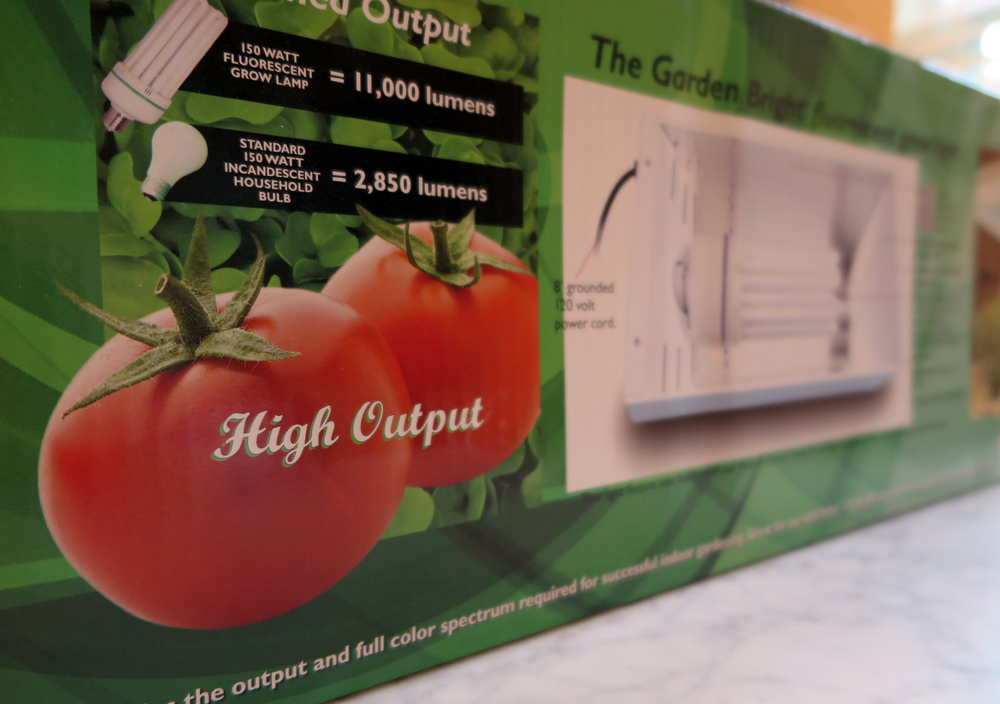Plant Parenting: Flower Pollination
June 29, 2019
In the outdoor garden, wind, and pollinators, such as bees, wasps, butterflies, and a multitude of other insects, aid the pollination process. Insects are attracted to flowers as a source of food.
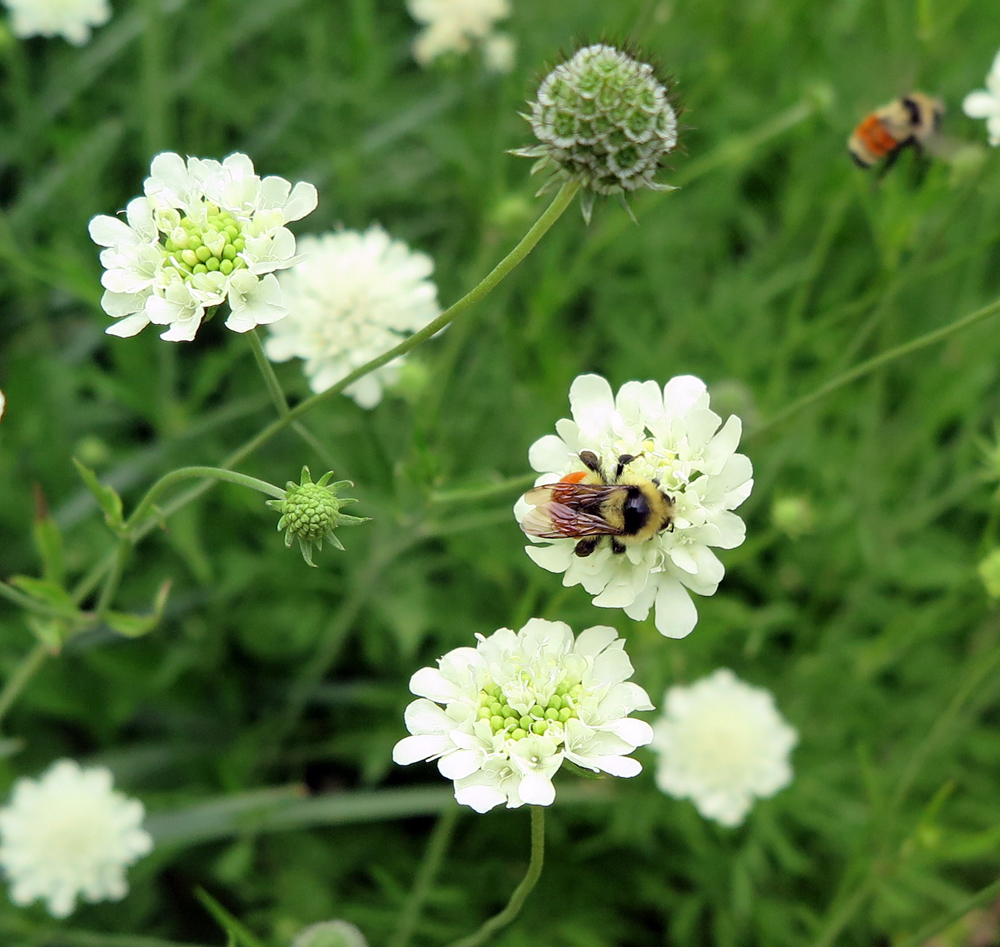
These bees are busy feeding on nectar from the scabiosa flowers. They are also moving pollen between the flowers.
PC: Leslie F. Halleck
While visiting flowers, pollinators pick up pollen on their bodies. The insects then move the pollen around on the flower or transport it to other nearby flowers. It’s quite fun to watch and a great alternative to TV.
If you are growing fruiting plants, such as cucumbers, tomatoes, or peppers, you might have to do some hand pollination yourself to make sure flowers are pollinated and set fruit!
Learn more about the basics of pollination and hand pollination in my book PLANT PARENTING

